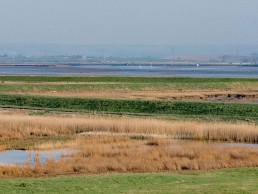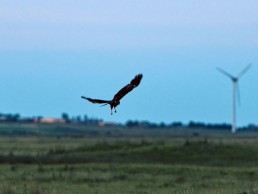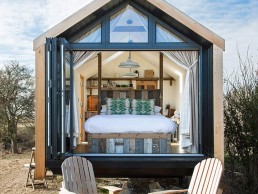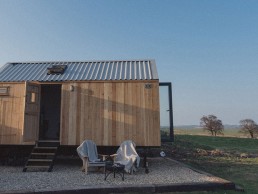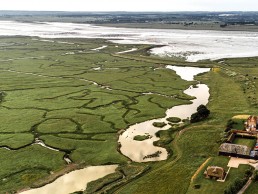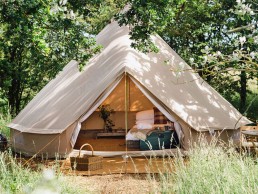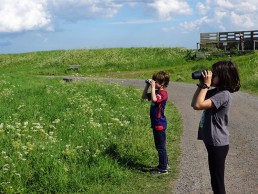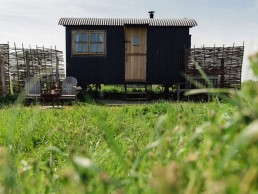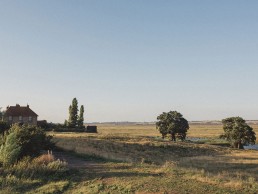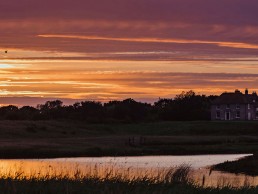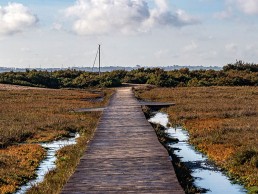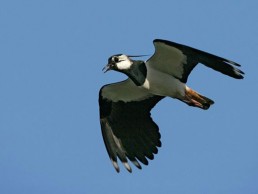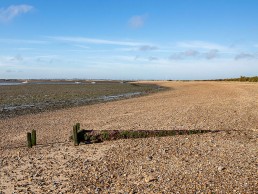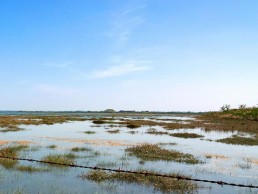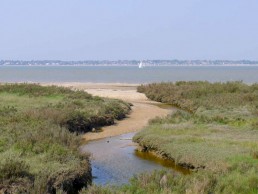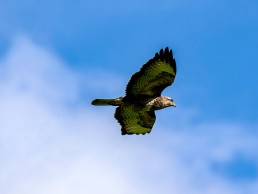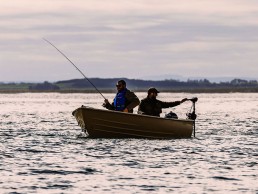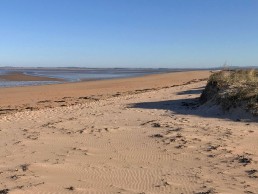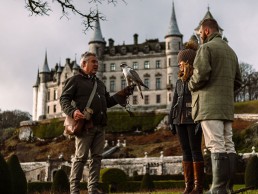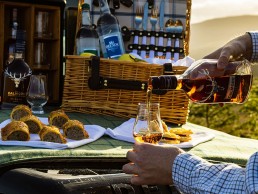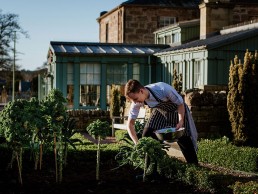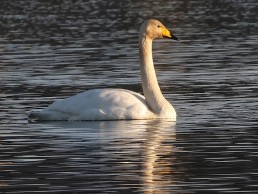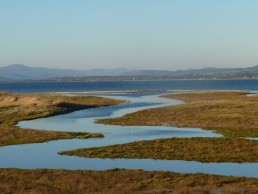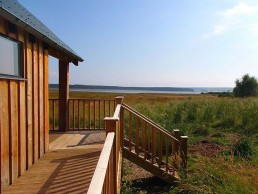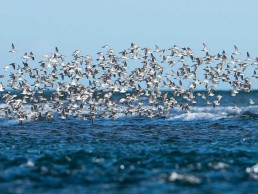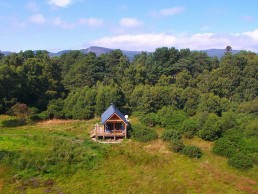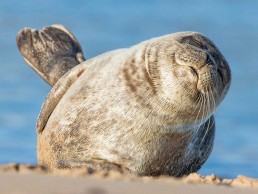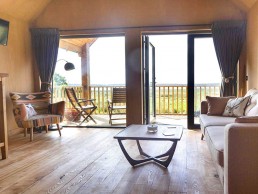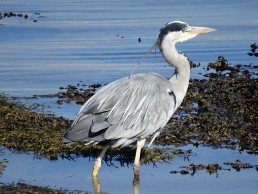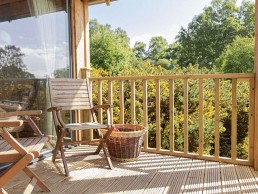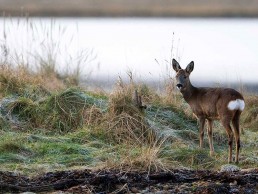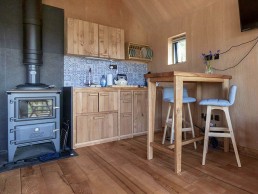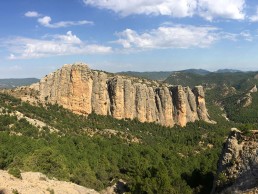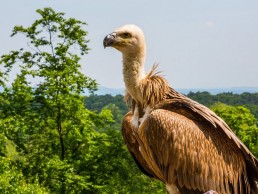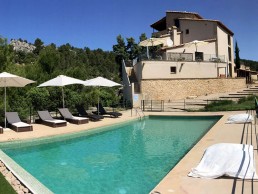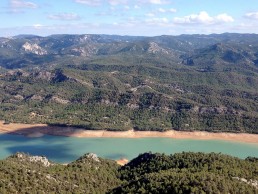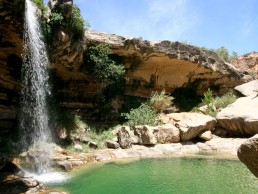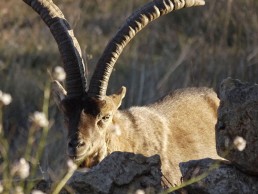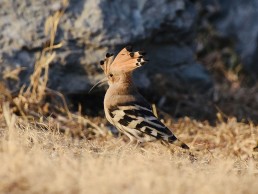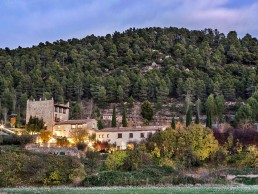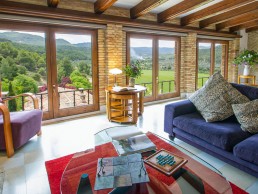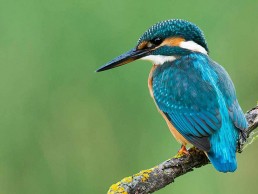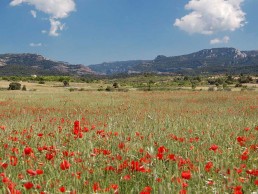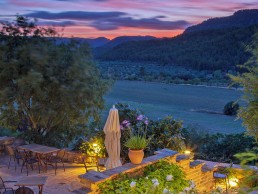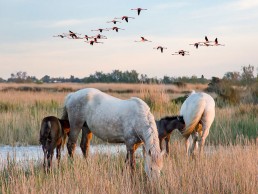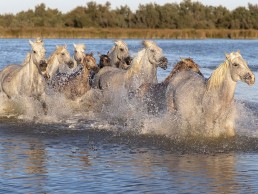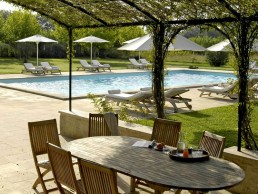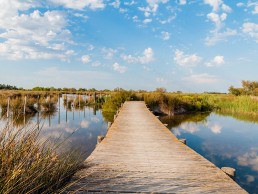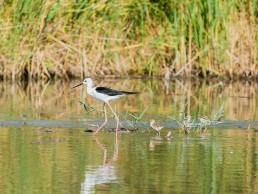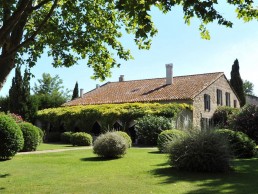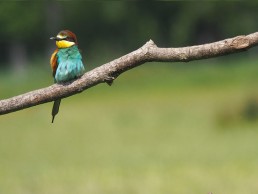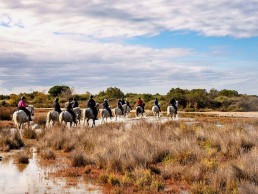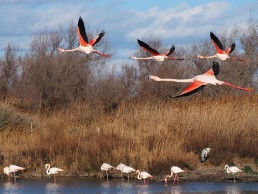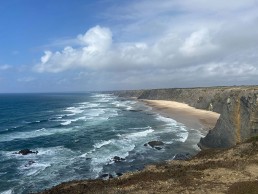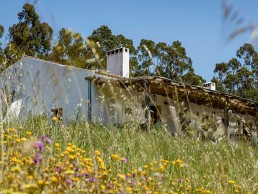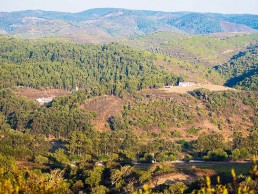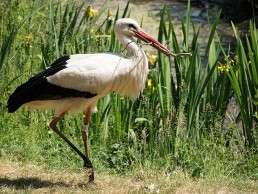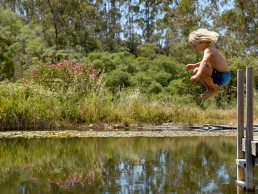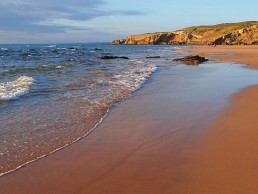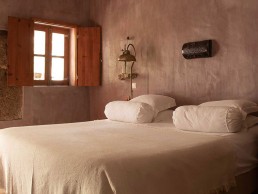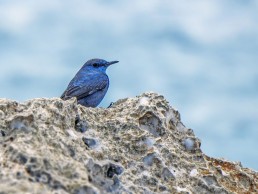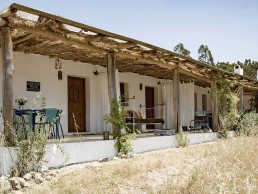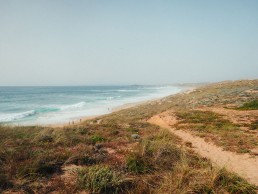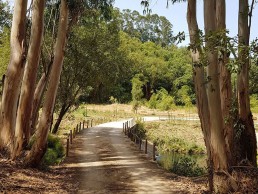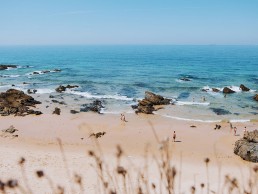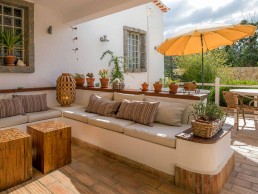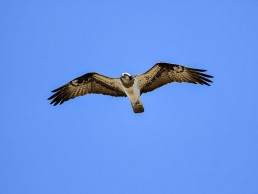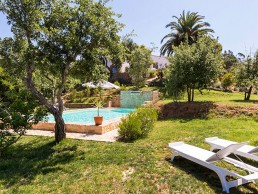
By Nadine Mellor, New Hotels and Kids Collection Editor
Birdwatching is the gift that goes on giving. So says Nadine, our New Hotels and Kids Collection Editor, a passionate birder with over 40 years of experience and enjoyment, who has compiled this super selection of European escapes for brilliant birding.
There are so many compelling reasons to observe birds. It’s a lifetime hobby on your own, or with friends and family (you’re never too young or too old), learning so much about our precious environment along the way, taking time from a busy schedule to replenish your mental health. Birds are found on every continent and in every setting – from urban jungles to polar ice caps – and one of the great benefits of travel for me is discovering new species and habitats. Avifauna come in vivid colours and have an incredible array of sounds and songs; mammals are quite vanilla by contrast. Year round species migrate so you see different ones at different times. And birds fly. How wondrous would it be to fly to Africa free as a bird?
My top birding tip? Bring binoculars! I never travel without them. If you aren’t sure where or how to begin, check out the free global bird ID Merlin app which has a wealth of info including photos, song, distribution maps and more, and you can build your Life Lists with ease.
Where to go bird watching in the UK
Thames Estuary
You may be surprised to learn that this busy shipping route where the River Thames meets the North Sea is an internationally renowned flyway. The salt marshes, reed beds, mud flats and tidal beaches hereabouts are of key importance for avifauna which migrate through and overwinter here, thousands of waders and wildfowl in particular.
Star Species: Marsh Harrier; Lapwing; Curlew; Short Eared Owl; Teal; Dunlin; Yellow Wagtail; Little Egret
Stay at: 3300-acre Elmley Nature Reserve is just over an hour from London on the Isle of Sheppey in Kent; the only National Nature Reserve in England you can overnight in. Stay in boutique bedrooms, shepherds’ huts and cabins, even bell tents in summer – whether couples, friends or families. There are trails across the reserve and you can book a safari or wildlife experience, useful in-room/hut guides and bird books are provided, and the reserve has several hides to hole up in (picnic baskets can be arranged) too. When we stayed in springtime, we saw incredible sunrises, hares boxing, owls hunting by daylight, and 50 different species of bird.
Or stay at: on the other side of the Thames Estuary, on West Mersea in Essex (England’s most easterly inhabited island) is the cossetting and gourmet White Hart Inn, a short stroll from wildlife-rich marshes, shingle beaches (where I saw a host of over-wintering waders including godwit and curlew) and oyster beds; the Blackwater Estuary National Nature Reserve is a few minutes’ away by car.
Sutherland, Scotland
It’s impossible to get a really decent UK bird list without going to Scotland. North of the Highlands is less-visited Sutherland County, which spans east and west coasts, with some of the most dramatic scenery in Europe from mountain to sea. Winters see waders and waterfowl migrate from the Arctic and Scandinavia; summers bring terns, skuas, guillemots and puffins to breed. Raptors from golden eagle to merlin can be sighted over wild moorland, and raven and ptarmigan in the hills.
On the East coast Dornoch Firth and The Loch Fleet National Nature Reserve have dune grassland, saltmarsh, mudflats, heathland, peatland, pines and woodland; 2% of the UK’s Greylag Geese population are present, look out for seals. Note they have a sunny micro-climate with less rain and midges in summer.
Star Species: Osprey; Oystercatcher; Whooper Swan; Arctic Tern; Wigeon; Bar-tailed Godwit; Northern Wheatear; Scottish Crossbill
Stay at: Handsome boutique hotel Links House is in Dornoch – which has a famous golf course, is on the NC500 route, and has a glorious golden beach. The hotel has a destination restaurant and luxurious rooms named for salmon rivers. They happily arrange outdoor pursuits from fishing to archery, can provide route maps for local hikes and bikes, and outings to Dunrobin Castle for falconry displays.
Or stay at: Handcrafted self-catering cabin (for 2-4) The Loch Fleet Hideaway is in the nature reserve itself: a birdwatcher’s dream bolthole with picture windows and a deck giving uninterrupted views to the shore.
Where to go bird watching in Spain
Aragon
Stretching from the Pyrenees to just north of Valencia, Aragon is a renowned ornithological destination (and one of the last refuges in the continent for Brown Bear and Lynx). You get a big variety of avian species across the Iberian peninsula’s characteristic habitats of semi-arid steppes, Alpine peaks and meadows, forested limestone cliffs, and lakes. Vultures, larks, bee-eaters, eagles, warblers and nightingales all make their home here.
The beautiful and mountainous Matarrana region, in the province of Teruel, is often described as a wild Tuscany or Provence; pure outdoor heaven. Think medieval villages, old pathways, gorges and historic vines and groves.
Star Species: Griffon Vulture; Black-bellied Sandgrouse; Iberian Grey Shrike; Eagle Owl; Hoopoe; Golden Eagle; Mediterranean Short-toed Lark
Stay at: Warmly welcoming Mas de la Serra is a former fortified farmhouse turned quirky and remote retreat specialising in outdoorsy activities, which can be easily arranged for you. There are wild walking trails to discover, you can kayak in a turquoise lake or swim under a waterfall, fish in mountain streams, spot Ibex and birdwatch from the front door. It’s half an hour from the Mas de Bunyol bird observatory where you can watch vultures being fed.
Or stay at: Indulgent hideaway La Torre del Visco has a 220-acre estate which includes a beautiful river valley, meadows, orchards and gardens. To get closer to the bird life there are bikes to borrow, photography classes and telescopes on the terrace (also for stargazing).
Where to go bird watching in France
The Camargue
One of my very earliest birdwatching memories is a family holiday when I was 10 when we went to The Camargue in the south of France. Europe’s largest river delta is famed for its endemic white horses and black cattle, and is an Important Bird Area (designated by BirdLife International) for its more than 400 species of birds. A third of this vast protected plain is lake, salt flats or reed-covered marshland; briny lagoons are cut off from the sea by sandbars; insects and saline-loving flora are of interest. The flamingos are the prize draw as Europe’s best place to see them (largest in number December-March).
Star Species: Greater Flamingo; Great Egret; Black-winged Stilt; European Bee-eater; Glossy Ibis; Purple Heron; Avocet; Cuckoo; Bearded Reedling
Stay at: 400-year-old elegantly-restored farmhouse Le Mas de Peint is surrounded by a 550-hectare estate and working farm. The owners are famous for their bulls and rice, and you can ride their white horses for a truly authentic Carmargue experience. Beaches are 10km south.
Where to go bird watching in Portugal
Costa Vicentina
This is an unspoilt strip along the Atlantic coast in the Algarve, part of the longest swathe of protected coast in Portugal (the Southwest Algarvian Natural Park), and one of the most famous birding spots in the country. Here there are long golden beaches and cork forests, meadows and dunes, limestone cliffs and rock pools, plus bracing breezes and pounding surf. It’s rich in plant species, but fish, otters and wildcats are other highlights. Ornithological interest is present year round (with over 200 recorded species), however, October is especially good when birds fly south for the winter, and twitchers flock to the annual Bird Watching Festival in Sagres.
Star Species: Bonelli’s Eagle; White Stork; Red-billed Chough; Osprey; Golden Oriole; Blue Rock Thrush; Little Bustard
Stay at: Literally off-the-beaten-track, and with a genuine bush feel, eco-retreat Muxima is wrapped within a 28-hectare cork and eucalyptus woods where wildflowers carpet the forest floor and birds flit among the branches. There’s an eco-swimming pool and mountain bikes to borrow; the breakfast casita makes a perfect hide at dawn or dusk. The Natural Park is just across the main highway from the entrance to Muxima.
Or stay at: Four-room guesthouse Herdade Quinta Natura is just 5km from the Costa Vicentina beaches, and in beautiful peaceful grounds with hiking trails and long views.
